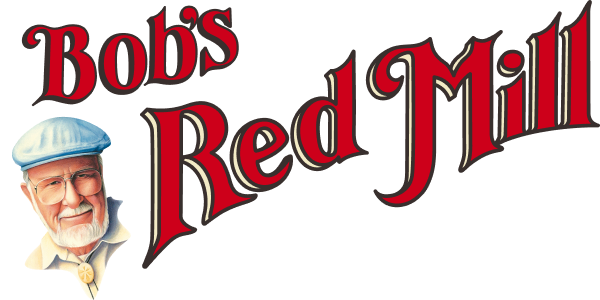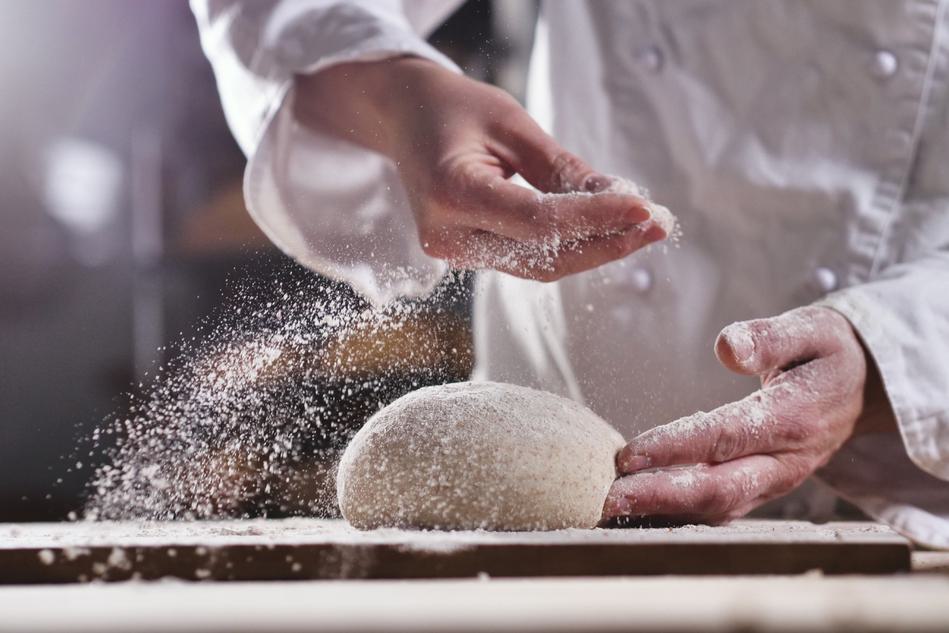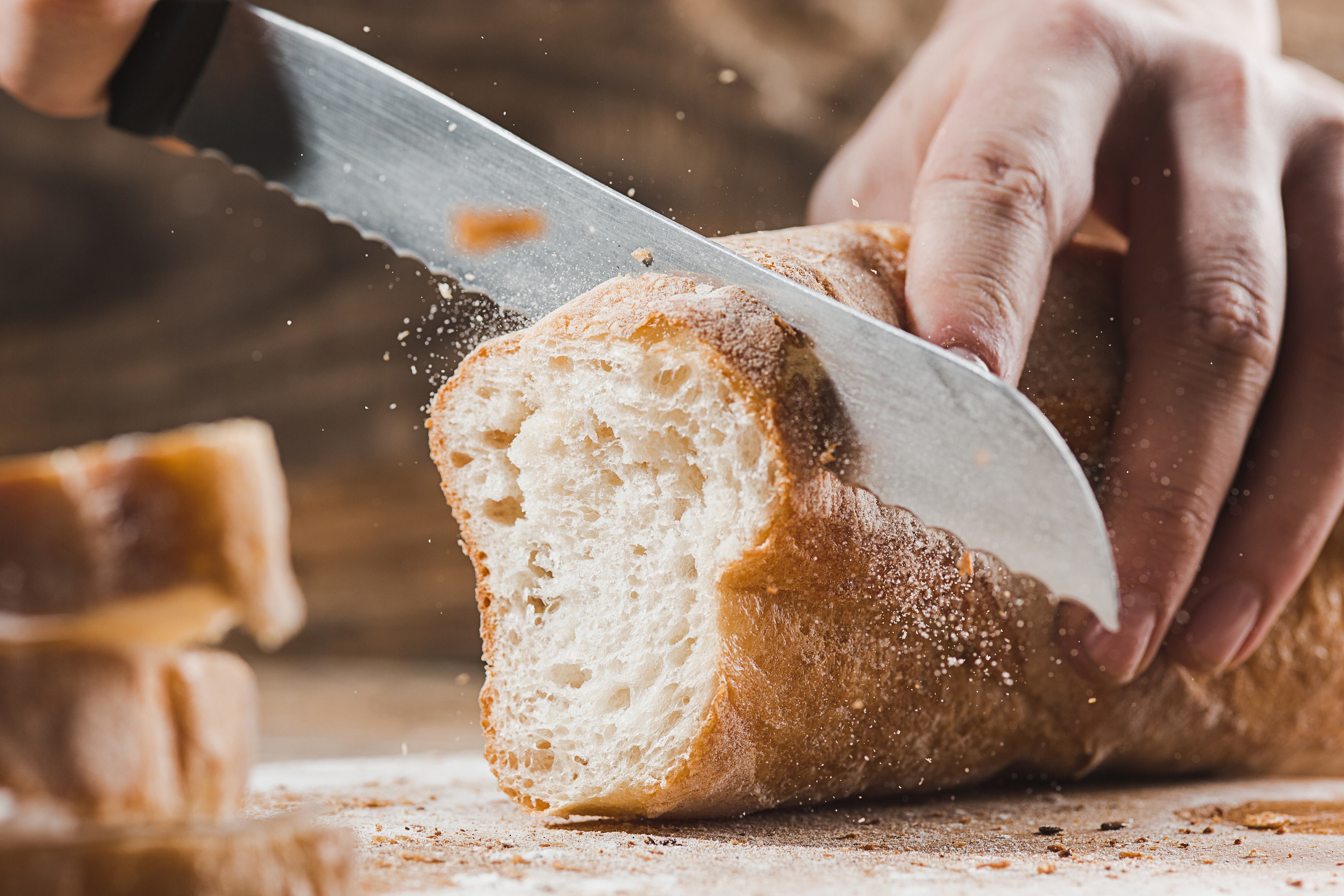


 Not only does the yeast help produce carbon dioxide and ethanol, it also assists in the development of gluten. Gluten is the substance that traps gas bubbles and gives the dough its structure. With no-knead recipes, this process is even more important, because as these gas bubbles move around inside the dough, it helps to push and rearrange the proteins into the necessary structure without any kneading required.
The short story is that without yeast, your bread won't rise properly, and you won't get the same look or flavor that you would when yeast is used.
Not only does the yeast help produce carbon dioxide and ethanol, it also assists in the development of gluten. Gluten is the substance that traps gas bubbles and gives the dough its structure. With no-knead recipes, this process is even more important, because as these gas bubbles move around inside the dough, it helps to push and rearrange the proteins into the necessary structure without any kneading required.
The short story is that without yeast, your bread won't rise properly, and you won't get the same look or flavor that you would when yeast is used.
 With dry yeast, if your water is too cold, the yeast will not activate. Or, if they do wake up, they might release a substance that hinders the formation of gluten. Then again, if your water is too hot, you will kill the little buggers and they will be useless.
Typically, hot water somewhere in the range of 105 and 115F is ideal for proofing dry yeast. 95F is often recommended for live yeast, but it may not be hot enough at 95F for activating the dry yeast.
At this temperature, once you pour it into the bowl and dissolve the sugar, it will cool a little bit and be the perfect temperature range for dissolving and activating your bread risers.
Not sure if your water is the right temp? One way to test this is to do the wrist test. Drizzle a few drops of your water onto the inside of your wrist. If it is warm and comfy for you, then it will no doubt be warm and comfy for your yeast too. However, if it is not warm and instead feels hot, it most likely will be too hot for your yeast to survive. By the same token, if it is too cold, then your yeast will simply remain dormant.
With dry yeast, if your water is too cold, the yeast will not activate. Or, if they do wake up, they might release a substance that hinders the formation of gluten. Then again, if your water is too hot, you will kill the little buggers and they will be useless.
Typically, hot water somewhere in the range of 105 and 115F is ideal for proofing dry yeast. 95F is often recommended for live yeast, but it may not be hot enough at 95F for activating the dry yeast.
At this temperature, once you pour it into the bowl and dissolve the sugar, it will cool a little bit and be the perfect temperature range for dissolving and activating your bread risers.
Not sure if your water is the right temp? One way to test this is to do the wrist test. Drizzle a few drops of your water onto the inside of your wrist. If it is warm and comfy for you, then it will no doubt be warm and comfy for your yeast too. However, if it is not warm and instead feels hot, it most likely will be too hot for your yeast to survive. By the same token, if it is too cold, then your yeast will simply remain dormant.